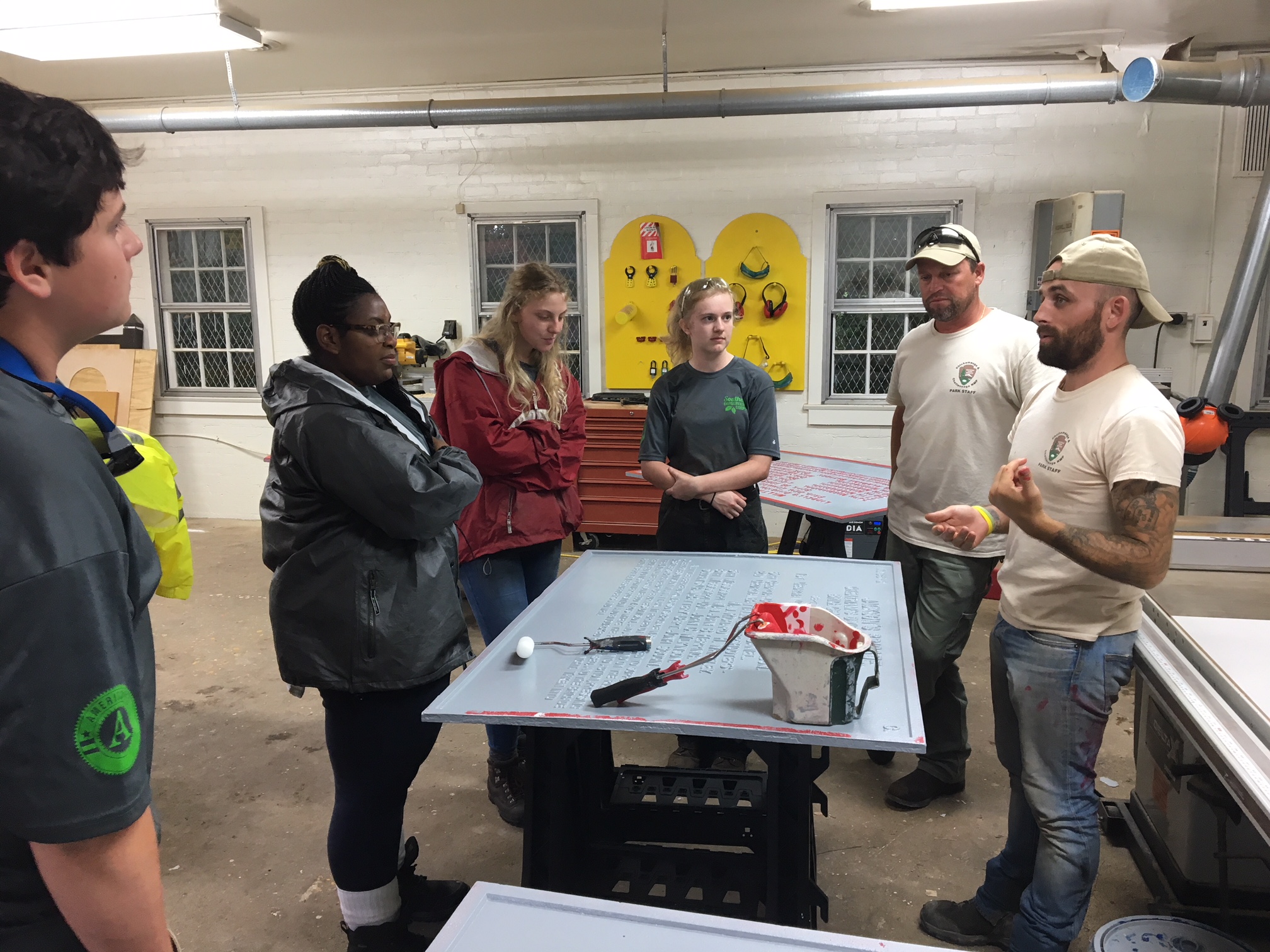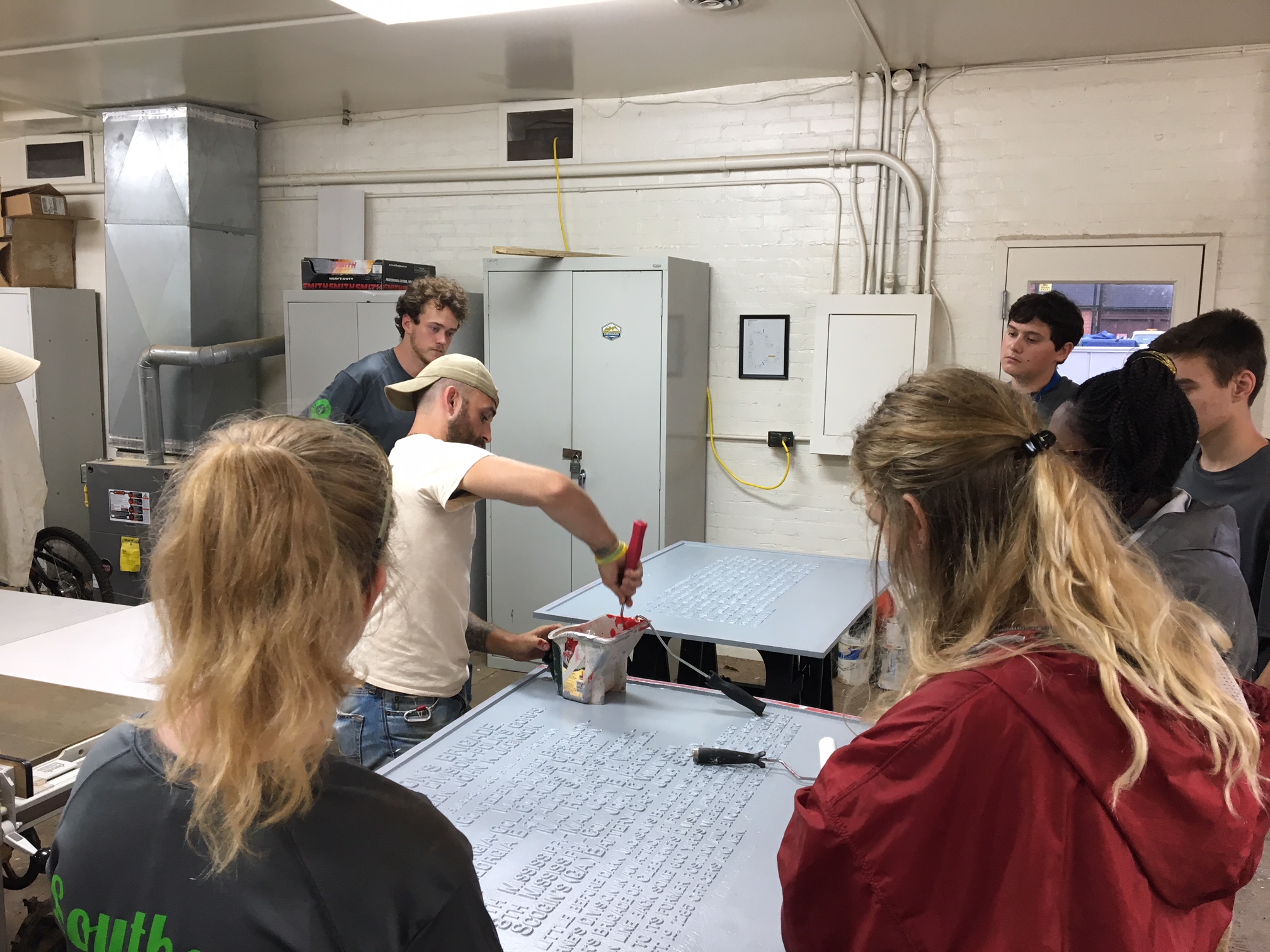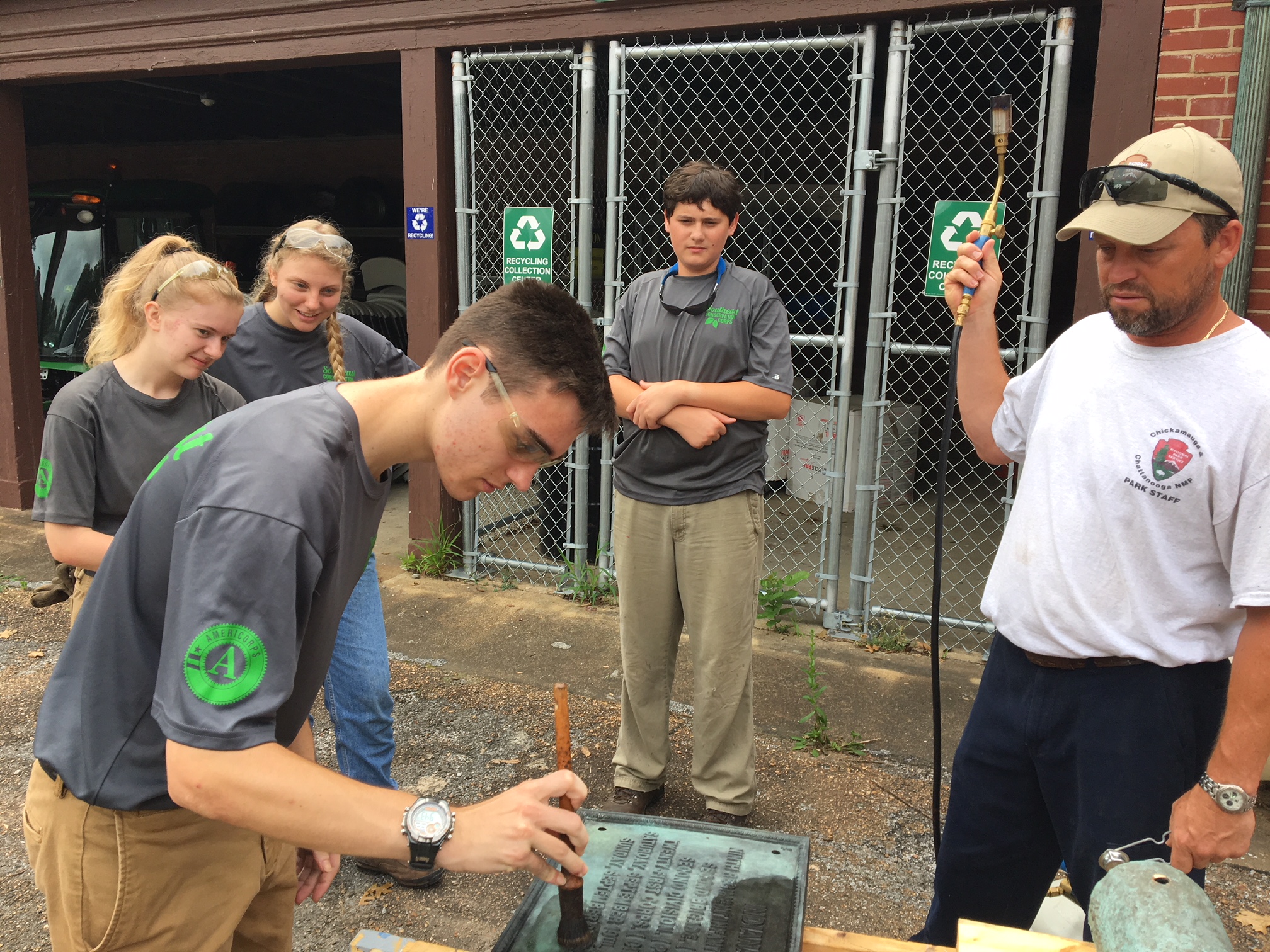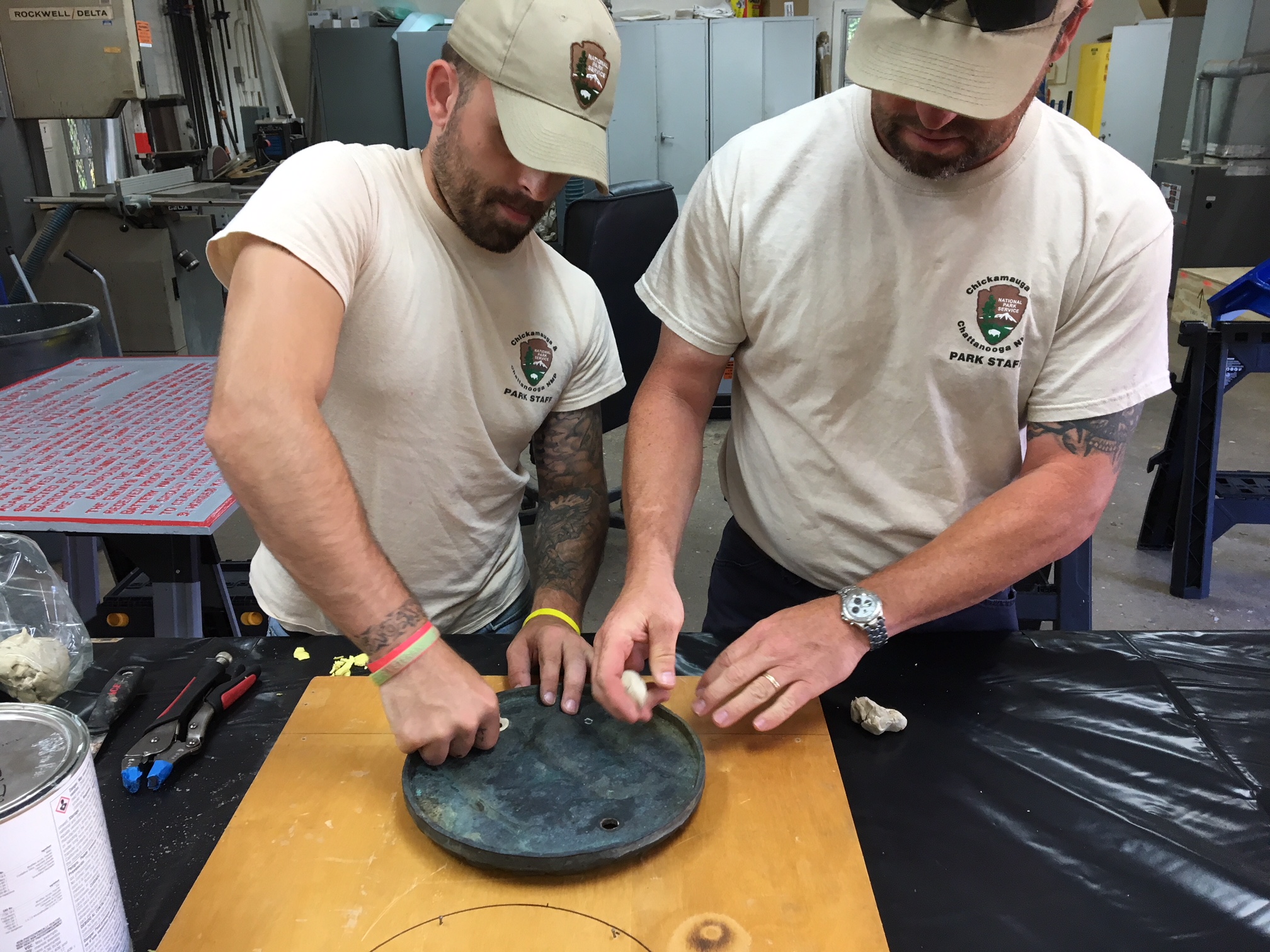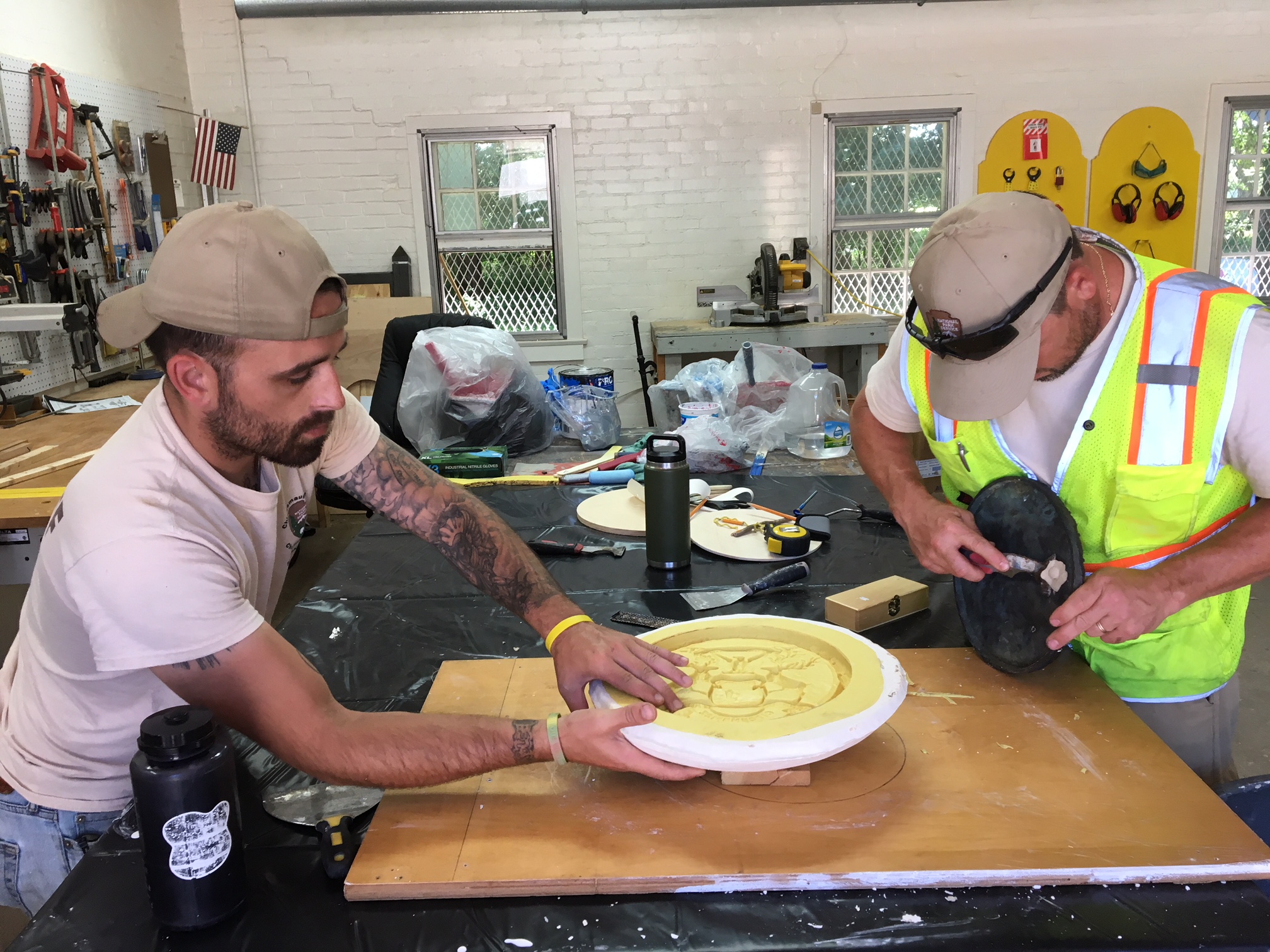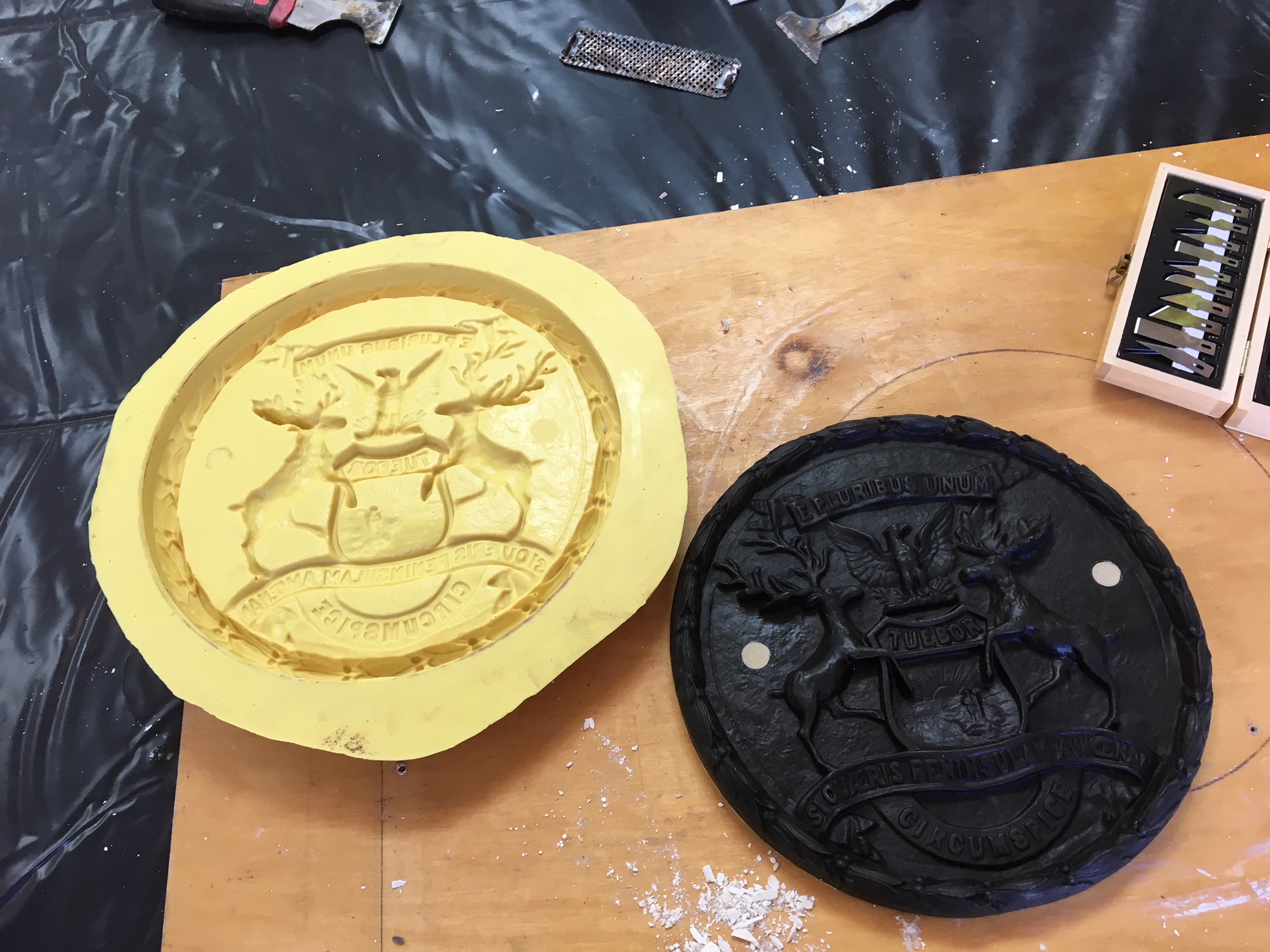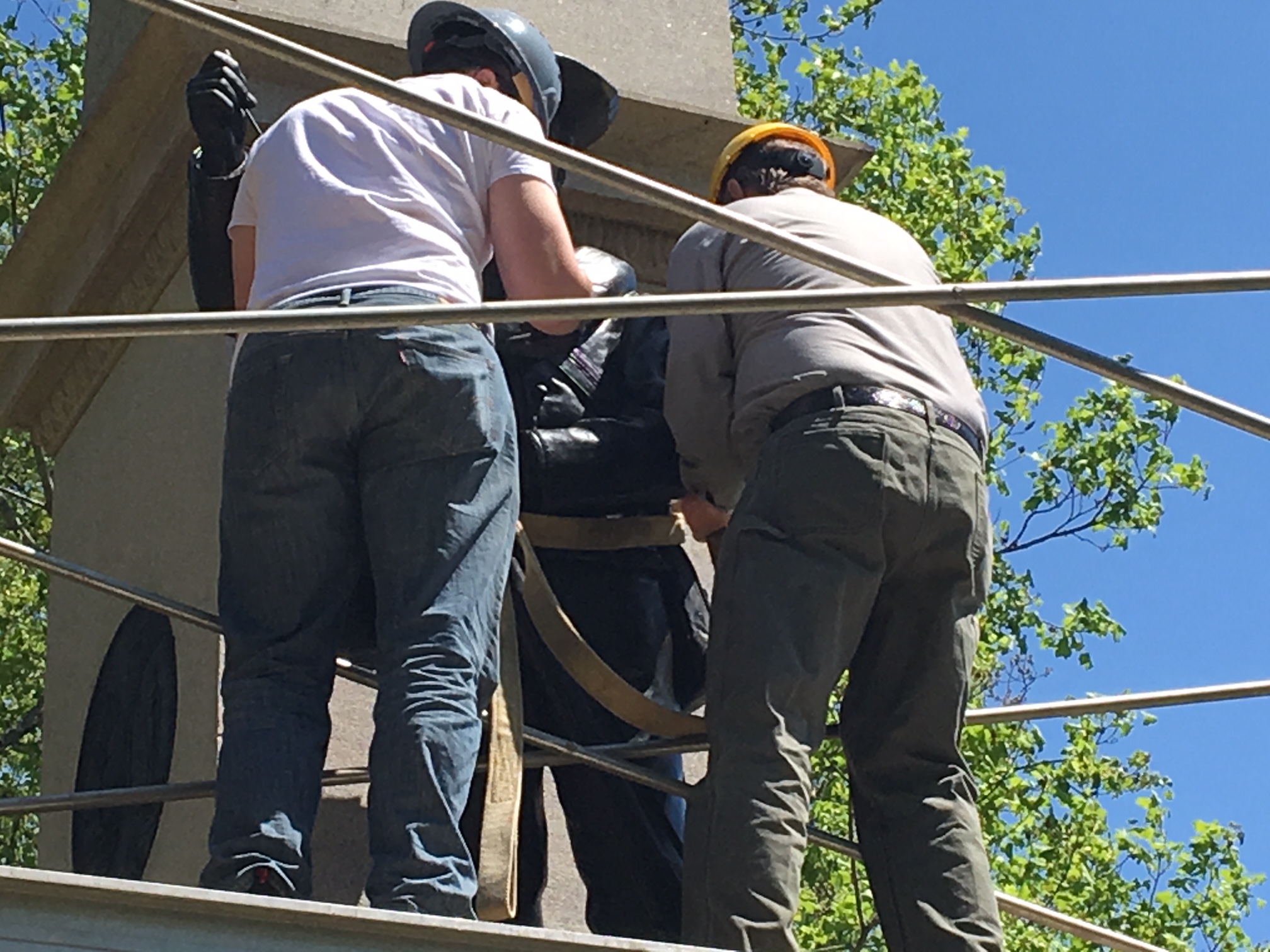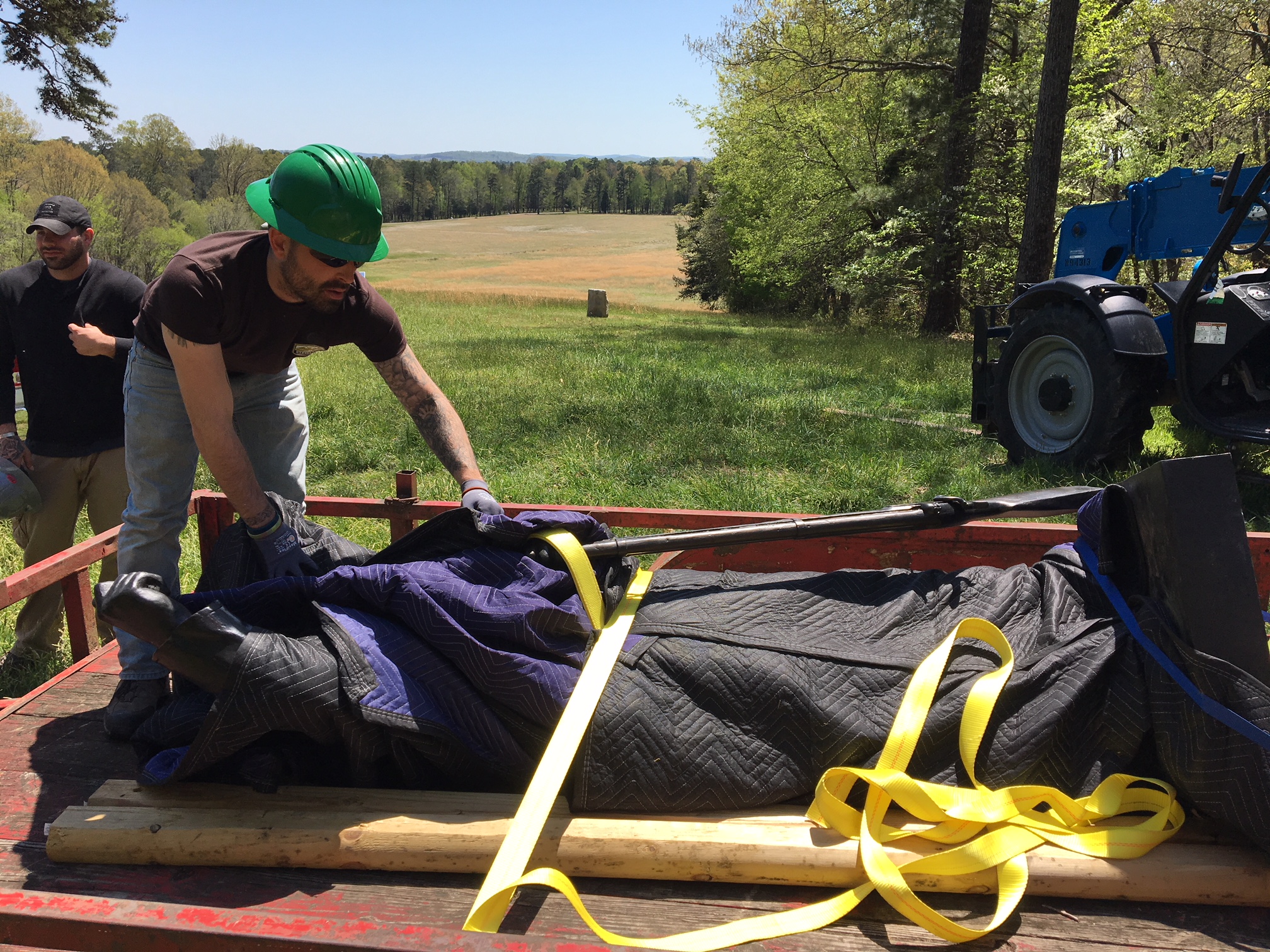Traditional Trades Apprenticeship Program
By Mary Barnett
For the past year the National Park Service has provided two temporary full-time paid preservation apprenticeships at the Chickamauga and Chattanooga National Military Park as part of the NPS Traditional Trades Apprenticeship Program (TTAP). This program is available to post-9/11 veterans and is now accepting applications to fill three apprenticeships for the coming year in our local national parks.
The program was created by NPS and the Historic Preservation Training Center in Frederick, MD, as a means for veterans to gain new marketable skills while also learning specific historic preservation trade skills. In turn, the National Park Service and our national parks receive much needed help in preserving the nation’s cultural resources.
Chickamauga and Chattanooga National Military Park was one of the first five parks in the nation to be assigned apprentices during the program’s inaugural year. TTAP has since expanded to include 16 parks nationwide. Kiel Rommel, the Preservationist at Chickamauga Chattanooga NMP who oversees TTAP here, says the park was chosen not only as one of the first to pilot the apprenticeship program in 2018, but is also the location for the upcoming three week core curriculum training for 2019 apprentices assigned to Chattanooga and the Fort Pulaski Monument in Savannah, GA.
With more than 9,000 acres of battlefields, forests, and urban landscapes, and over 1,400 carefully placed commemorative features, Rommel says the depth and variety of historic and natural assets in our military park make the location ideal for expert instructors to provide a crash course of diverse experiences for TTAP participants.
Beginning in April, three newly selected local veterans will train alongside 10 veterans from the Savannah area. Craftsmen and instructors from all over the country will be here to deliver curriculum and certifications from the National Center for Construction Education and Research (NCCER). Topics include masonry repair on stone markers, maintenance of bronze plaques, and vegetation management practices to maintain view sheds.
Billy Tyler (U.S. Army) and Pat Sutton (Marine Corps) have just ended their 6-month apprenticeship at the Chickamauga and Chattanooga National Military Park. Rommel says having these two men working in the park has been a godsend as they have helped with much needed preservation, repair, and maintenance projects throughout the park’s six units, projects that may have remained on a growing deferred maintenance list without them. While in Chattanooga, apprentices are also cross-trained on some non-preservation related -but highly marketable- skills including heavy equipment operation and chain saw certification. Tyler and Sutton were also involved in training the next generation of conservationists by leading demonstrations to the young members of the Southeast Conservation Corps, a program supported by funds provided by National Park Partners.
The Traditional Trades Apprenticeship Program emphasizes a respect for the trade crafts used at the time the park was created. In this way, preservation is prioritized over restoration whenever possible. Source material such as photographs or drawings of an original bronze or stone design are carefully studied and used to guide and inform all work. Rommel says they are so dedicated to an ethos of authenticity that if they can’t find a visual reference for the original, then any needed repair work will not be started.
When work does begin, care is taken to replicate methods used by the original craftsmen whenever possible. During the restoration of the South Carolina Infantry Monument, the team was tasked to fix the base of the monument’s Infantry Figure, which had “suffered an impact from an unknown source at an unknown time. The impact force bent the base of the figure causing the figure to lean towards its proper right side and become unstable,” according to the field report. The figure was removed and taken to the park’s welding shop for further work.
““To correct the bent base it was necessary to remove the base from the statue. The base was attached using a Roman Joint, a mortise and tenon type of connection commonly used for bronze statue assembly during the late 19th century. This connection was secured with tapered bronze pins, three pins holding each connection at each foot (total of six pins). These six pins were cut and driven from their locations. A single threaded fastener of ½”-13tpi size was removed from the base at the point where it secured the rifle butt to the base. Once all fasteners were removed, the base came away from the statue. …. Since destruction of the original pins was necessary for their removal, new tapered pins were fabricated from 5/8” diameter stainless steel bolts. The pins were driven into position and secured with one tack weld at each pin location. A ½”-13 silicon bronze bolt was used to secure the rifle butt stock to the base using the original threaded hole.””
In addition to all of the specialized care and best practices learned, the TTAP program provides veterans with something that can’t be taught or anticipated. TTAP alum, Pat Sutton, a self-proclaimed history buff and Army brat, says the opportunity to work as a TTAP apprentice also created a time for contemplation and healing. Sutton served as a Marine Corps Infantry Machine Gunner with two deployments in Afghanistan. “Being a combat vet, I understand the magnitude of what happened here. This park, created by veterans to tell the stories of veterans, is a place that gets me out of my own mind a bit. It’s therapeutic.”
As a lover of history, Sutton said he enjoyed being in the battlefields and examining the tactics used by Civil War generals in the Battles for Chattanooga, such as decisions on the placement of cannons. “I’m looking at those cannons as one of the guys fighting up on that ridge, not just as the next restoration project. There is so much more here than just monuments. Monuments don’t tell the whole story,” he said.
The TTAP 2019 application period is open now through February 25. Rommel says 100% of the applicants do not possess any preservation experience so everyone is equally qualified. Resumes and applications are received through the national NPS website but evaluated locally. He encourages anyone who thinks they might enjoy the experience to apply. “Remember, you miss every shot you don’t take. You can’t get the job if you don’t apply!”
If you or someone you know are a post-9/11 veteran and would like to apply you can read the full job description and access the official application here.
Learn more about the TTAP program and hear from the Veterans about their apprenticeship experiences here.
Help conserve the natural, historical and cultural resources of the park with a donation. You can also designate your contribution to the Jewell Memorial Restoration Fund. More information can be found on the National Park Partners donors page found here.
Photos courtesy of Kiel K. Rommel, Preservationist, National Park Service, Chickamauga & Chattanooga National Military Park

